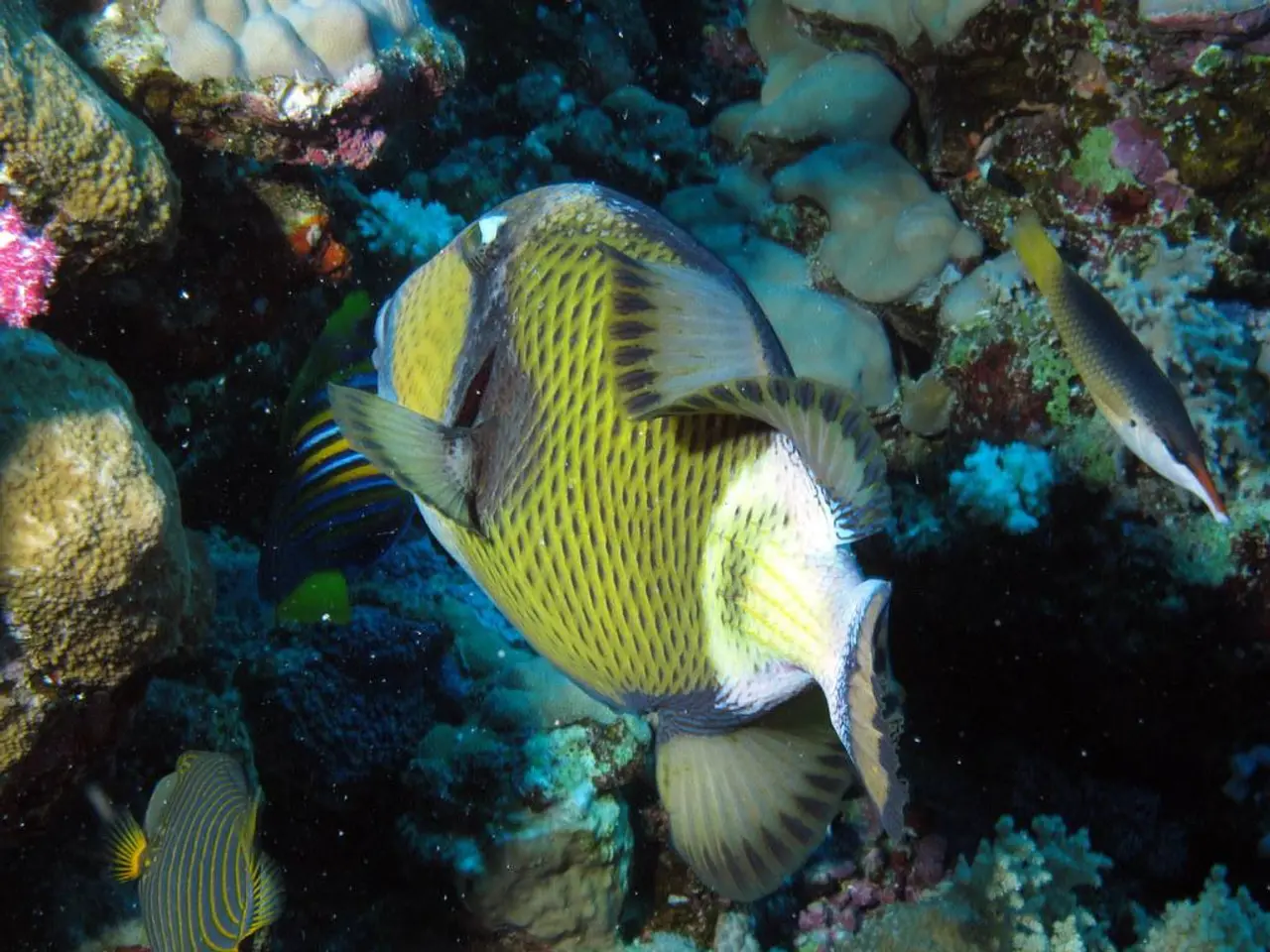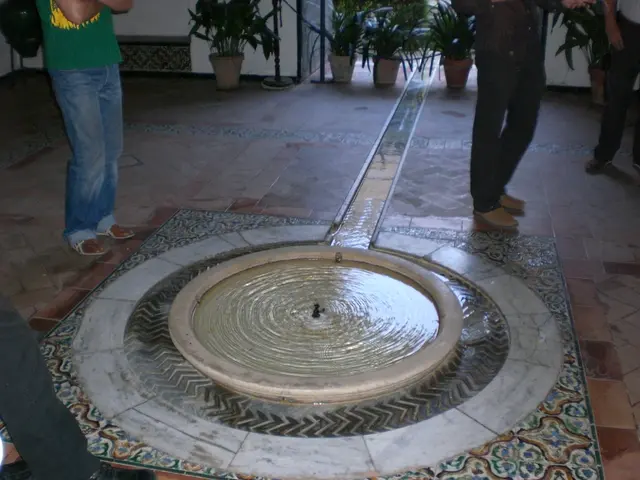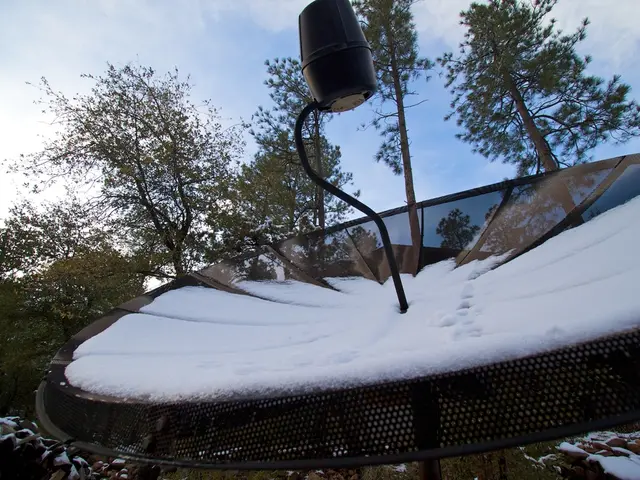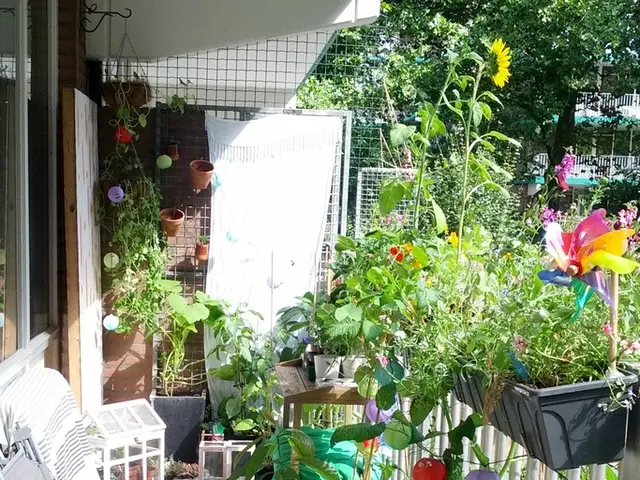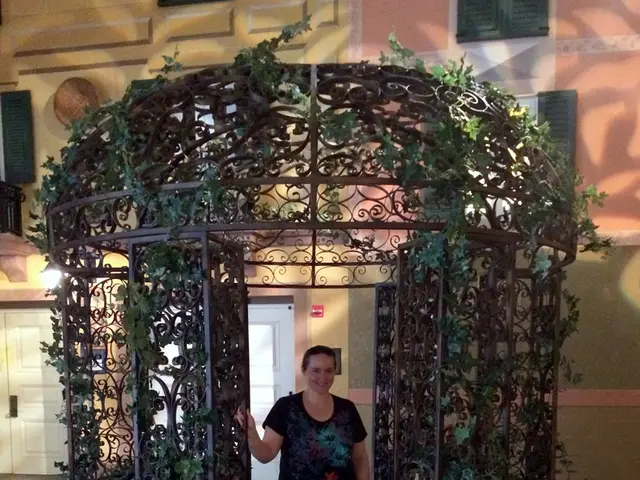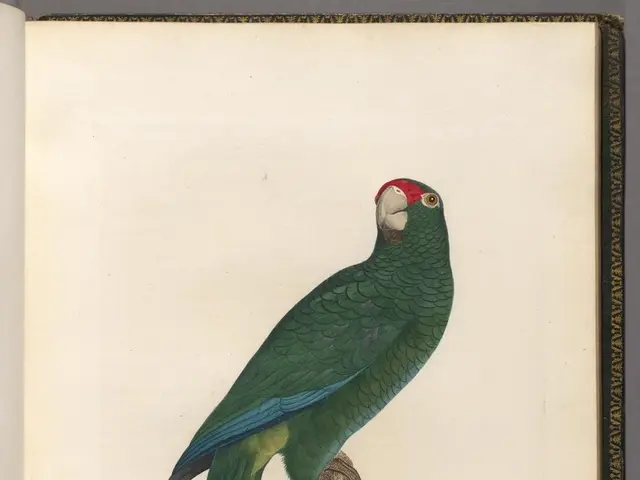Top Moss Picks for Terrarium Cultivation (Vibrant Varieties + Specialist Recommendations)
In the intricate world of terrarium gardening, mosses play a crucial role in creating a lush, verdant environment. Here's a guide to the best mosses for terrariums, focusing on their growth patterns, environmental suitability, and planting types.
### Types of Moss Suitable for Terrariums
Sphagnum Moss, highly popular for terrariums, is renowned for its moisture-retaining properties. It creates a humid microclimate, making it suitable for both open and closed terrariums. However, it requires careful management to prevent waterlogging. Sphagnum moss thrives in indirect light and supports other plants by maintaining moisture.
Live Sheet Moss and Live Cushion Moss are other excellent choices. The former grows flat and spreads out, creating a lush green carpet look, while the latter offers a cushioned, dense growth ideal for creating three-dimensional textures and height variations. Both require consistent moisture and indirect light.
### Growth Patterns
Mosses selected for terrariums generally have slow to moderate growth rates, making them manageable within the limited space. Mosses like sheet and cushion moss spread well horizontally and vertically, creating diverse textures and layered environments without overwhelming the container. Sphagnum moss often forms dense mats and grows upwards slightly, excellent for moisture control and ecosystem balance.
### Environmental Suitability
Moss thrives in indirect light, with direct sun potentially causing them to dry out. They prefer constant moisture but without waterlogging. Regular misting helps maintain their health. Adding a layer of activated charcoal at the terrarium bottom supports a healthy microclimate by filtering impurities. It's best to avoid using wild-harvested moss directly, as it can introduce mold or pests; sourced or cultivated moss is ideal.
### Planting Types
Moss can be planted as sheet layers to cover substrate floors, in clumps or patches for texture variety, or used as a medium to hold moisture around the roots of other plants. Proper planting ensures moss is in contact with a moist substrate and receives gentle watering to promote establishment.
### Summary Table
| Moss Type | Growth Pattern | Environmental Needs | Ideal Use in Terrariums | |-----------------|--------------------------|---------------------------|----------------------------------| | Sphagnum Moss | Dense mats, moisture retainer | Moist, indirect light, humidity | Moisture retention, ground cover, substrate base | | Live Sheet Moss | Flat, spreading horizontally | Moist, indirect light | Ground cover, lush green carpet | | Live Cushion Moss | Dense, cushion-like clumps | Moist, indirect light | Textural variety, three-dimensional layering |
Java Moss (Taxiphyllum barbieri) and Sheet Moss (Hypnum) are other popular moss choices for terrariums. Java Moss shines when planted epiphytically on rocks and wood, while Sheet Moss is a low-growing tropical moss that covers areas like a sheet.
After adding moss to a terrarium, it should be kept hydrated during the first 3 to 4 weeks to help it adapt successfully. Different types of moss will be suited to different environments, but moss is adaptable and can thrive in warm and humid conditions typical of terrariums.
With these insights, you're now equipped to make informed choices when selecting moss for your terrarium, creating a thriving, green oasis in miniature.
[1] "Terrarium Moss: The Ultimate Guide" by Terrarium Craft. [2] "How to Choose the Right Moss for Your Terrarium" by The Spruce. [3] "The Best Moss for Your Terrarium" by My Terrarium.
In the realm of home-and-garden pursuits, terrarium gardening, specifically, entails selecting appropriate mosses to cultivate a desired lifestyle within these miniature environments. Java Moss and Sheet Moss, in addition to Sphagnum, Live Sheet, and Live Cushion Moss, are ideal options for their adaptability andunique textures, contributing to a home-and-garden lifestyle within a terrarium setting.
